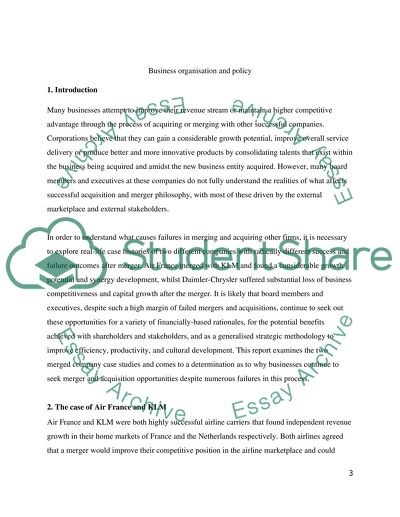Cite this document
(“Business organisation and policy Essay Example | Topics and Well Written Essays - 2250 words”, n.d.)
Retrieved from https://studentshare.org/finance-accounting/1455448-business-organisation-and-policy
Retrieved from https://studentshare.org/finance-accounting/1455448-business-organisation-and-policy
(Business Organisation and Policy Essay Example | Topics and Well Written Essays - 2250 Words)
https://studentshare.org/finance-accounting/1455448-business-organisation-and-policy.
https://studentshare.org/finance-accounting/1455448-business-organisation-and-policy.
“Business Organisation and Policy Essay Example | Topics and Well Written Essays - 2250 Words”, n.d. https://studentshare.org/finance-accounting/1455448-business-organisation-and-policy.


